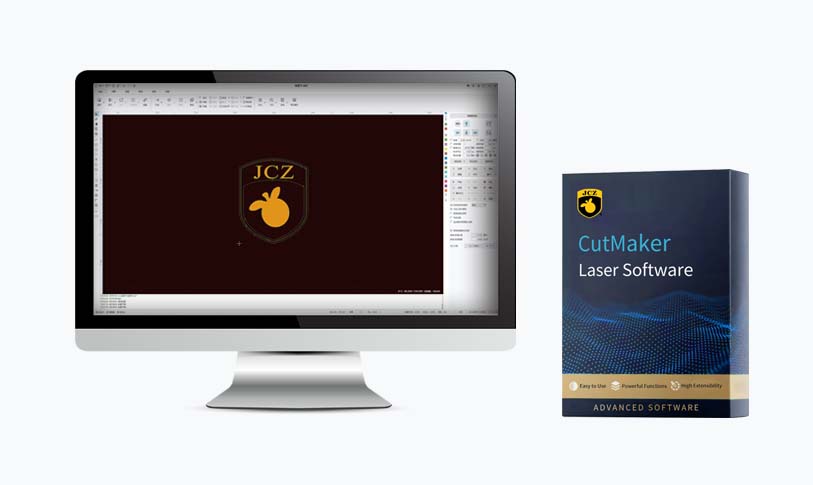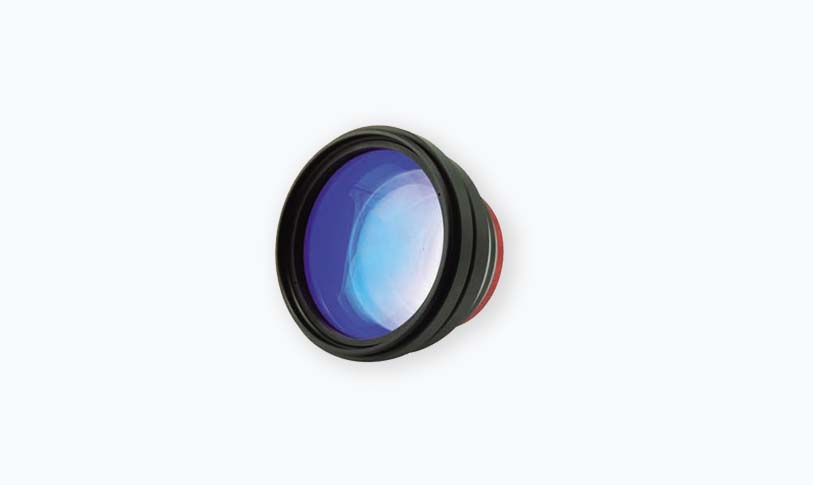****
In the realm of advanced technology, lasers have revolutionized various sectors through their precision and efficiency. Among various types of lasers available, the 2000 watt laser stands out for its remarkable power and versatility. As industries increasingly rely on high-performance tools, understanding the applications, benefits, and advancements of the 2000 watt laser is essential for harnessing its full potential.
Introduction to the 2000 Watt Laser

Exploring the Versatility and Applications of the 2000 Watt Laser in Modern Industries
A 2000 watt laser typically refers to solid-state or fiber laser systems that generate an output power of 2000 watts. This level of power is substantial enough to perform a variety of tasks, including cutting, engraving, marking, and welding with acceptable speed and accuracy. The technology has advanced significantly over the past decades, making high-wattage lasers more accessible and effective for industrial use.
Applications of the 2000 Watt Laser
1. **Metal Cutting:**
One of the primary applications of 2000 watt lasers is in the metal cutting industry. The combination of power and precision allows for the cutting of various metals, including steel, aluminum, and even more complex alloys. The 2000 watt laser ensures clean cuts with minimal heat-affected zones, which is crucial for maintaining the integrity of the material. This capability has made it an essential tool in manufacturing sectors, including automotive and aerospace, where precision is paramount.
2. **Welding:**
In addition to cutting, the 2000 watt laser is highly effective for welding applications. Its focused beam can penetrate several millimeters of material, making it suitable for both thin and thick sections. Laser welding results in less distortion compared to traditional welding methods, thus preserving the overall structure and functionality of the components. Automated welding processes utilizing 2000 watt lasers also contribute to achieving higher production rates and improving workplace safety.
3. **Engraving and Marking:**
The fine precision of a 2000 watt laser allows for high-quality engraving and marking on various substrates. This capability is significant for industries where branding and traceability are critical, such as electronics and consumer goods. The laser can create intricate designs and barcodes that are not only durable but also resistant to wear and tear.

Exploring the Versatility and Applications of the 2000 Watt Laser in Modern Industries
4. **3D Printing:**
Recently, the integration of 2000 watt lasers into the realm of additive manufacturing has opened up new possibilities for 3D printing applications. By using a laser to fuse powdered materials layer by layer, manufacturers can create complex structures that were previously deemed impossible. The result is more robust and lightweight products that can be tailored to specific needs.
5. **Textile Processing:**
The textile industry has also benefited from the use of 2000 watt lasers. Lasers are used for cutting fabrics with precision, allowing for intricate patterns that enhance the aesthetic appeal of garments. Additionally, lasers can be used for surface treatments, such as engraving logos or designs on fabric.
Advantages of Using a 2000 Watt Laser
– **Speed and Efficiency:**
One of the most significant advantages of using a 2000 watt laser is the speed at which it operates. The high power output translates to faster processing times, which is crucial in industries requiring mass production. Moreover, laser technology minimizes material waste, allowing companies to maximize their resource usage.
– **Quality and Precision:**
The focused nature of laser beams ensures high precision during operations. This aspect is essential in industries like electronics where even microscopic errors can lead to defective products. The ability to produce clean cuts and high-quality finishes enhances the overall aesthetic and functional value of the final products.

Exploring the Versatility and Applications of the 2000 Watt Laser in Modern Industries
– **Flexibility:**
The versatility of a 2000 watt laser allows it to be used across various materials, including metals, plastics, and textiles. This flexibility reduces the need for multiple machines and can streamline workflows within a production facility.
Conclusion
As technology continues to advance, the potential applications of the 2000 watt laser are broadening, making it an invaluable asset across multiple industries. From enhancing efficiency in metal cutting and welding to enabling innovative processes in 3D printing and textile processing, the impact of this powerful tool cannot be understated. Companies that adopt 2000 watt laser systems position themselves for growth and innovation in a competitive market. As we move forward, embracing the capabilities of high-powered lasers will undoubtedly shape the future of manufacturing and engineering, opening doors to new possibilities and efficiencies.software for laser engraving


